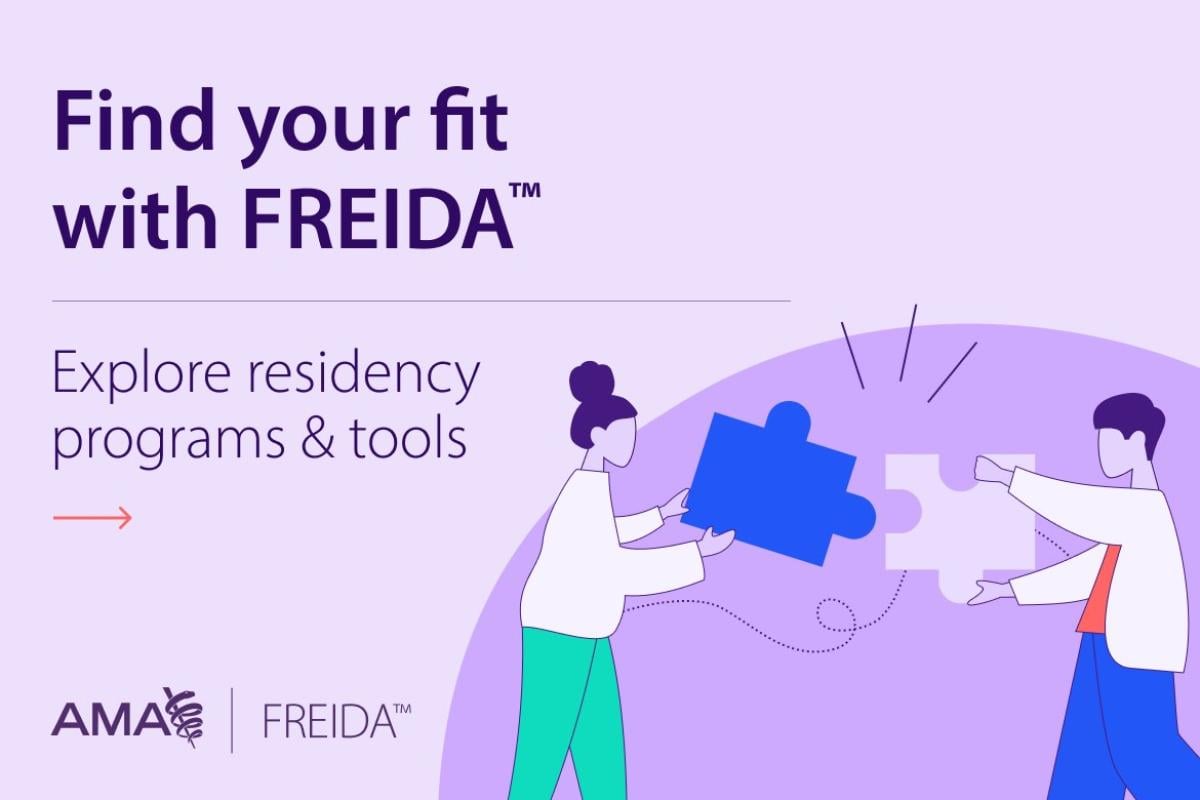Nearly one-fourth of the active U.S. physician workforce are foreign graduates and international medical graduates (IMGs). Their proportion is higher in primary care and specialties like pediatrics, nephrology, geriatric medicine, and psychiatry. IMGs tend to practice in designated rural and underserved areas serving the disadvantaged population with chronic disease burdens, lack of insurance, poverty and lack of access to health care. AMA offers information on the types of visas available to IMGs.
Scope of practice and barriers
Over one-fourth of the active U.S. physician workforce are foreign medical graduates and IMG. Non-immigrant or immigrant visas are needed for IMG physicians to legally practice in the U.S. when they are not U.S. citizens.
IMG physicians face several barriers in their goals and aspirations towards a career in academic medicine. Some of the significant barriers are:
- As J-1 waiver and H-1B employment opportunities are in specific settings and geographical locations, it is often difficult for IMG physicians to nurture their academic and scholarly aspirations.
- IMG physicians are usually trained in hospital-based programs. Mentorship and preparation for an academic career are often not a part of the training.
- A lack of a systems model for an academic career is another reason that might discourage IMG physicians from seeking out academic employment.
- Systematic exclusion is also a reason leading to discrepancies in leadership positions and promotions among IMG physicians.
Despite challenges, IMG physicians are encouraged to choose an academic career as diversity is a strong determinant of innovation in medicine. The rewarding outcomes of an academic career, the opportunities for training the future generation in medicine and the value of research and advancing the field of medicine are motivating for many IMG physicians to pursue an academic career.
The AMA has a list of tips for IMG physicians aiming for an academic career. Some additional strategies are:
- Plan early in training: The training program director and other faculty members are often helpful in shaping a trainee's future goals and aspirations. Getting involved in learning the structure of academic medicine early in the training period is key to making an informed decision about career choice. This effort requires learning systems, administrative nuances and financial implications.
- Scholarly work: Formal teaching, didactics, oral presentation in national and local conferences and quality improvement initiatives help prepare an IMG physician for future academic pursuits. These opportunities are easier to access during the training period, as these are often encouraged to be a positive and rewarding behavior as a trainee.
- Networking: IMG physicians should strategically engage in academic and professional societies to learn from the ongoing projects. Collaborating with established academic physicians or even observing their work can help build a model for one's academic path.
- Mentorship: This is the cornerstone of modeling in academic medicine. Often IMG physicians would need more than one mentor in different areas of growth and development. Physicians should pro-actively seek out and approach specific mentors in clinical medicine, research, leadership and well-being, both within and outside of their institution. There is useful guidance about formal mentorship and mentees specific for IMG physicians1.
- Research and publications: IMG physicians can use resources available from the library and the university to access formal learning material about human (and animal) research and publications. The Institutional Review Board (IRB) website and the Collaborative Institutional Training Initiative (CITI) are good sources to familiarize with the basics of requirements in research initiatives. Research initiatives are almost always dependent on finding a suitable mentor. Formal research training is a limited option for IMG physicians due to work visa restrictions. However, an early-career faculty might explore options for faculty development within an academic institution.
- Teaching opportunities: IMG physicians should embrace all teaching opportunities as innovation results from a curious mind and a proactive effort. Medical students and trainees are valuable members in furthering the field of medicine.
- Learning the system: Early career IMG physicians should actively spend time and effort learning the structure and promotion and tenure requirements as the cornerstone of building an academic career.
- Organized medicine: The AMA Academic Physicians Section (APS) is a useful resource for all physicians to get involved in the ongoing efforts to improve and advocate for academic physicians.
- Financial and wellness awareness: As academic medicine is funded differently, it is crucial to learn the nuances of funding and benefits. This knowledge also helps with a plan for a work-life balance and wellness for IMG physicians. The Association of American Medical Colleges (AAMC) has resources for the students and residents and several financial blogs are helpful in planning for the future.
Visit the IMG Toolkit page for additional resources.
References
1 Rao N.R., Kotapati V.P. Pathways for Success in Academic Medicine for an
International Medical Graduate: Challenges and Opportunities. In: Roberts L. (eds)
Roberts Academic Medicine Handbook 2020. Springer, Cham.



